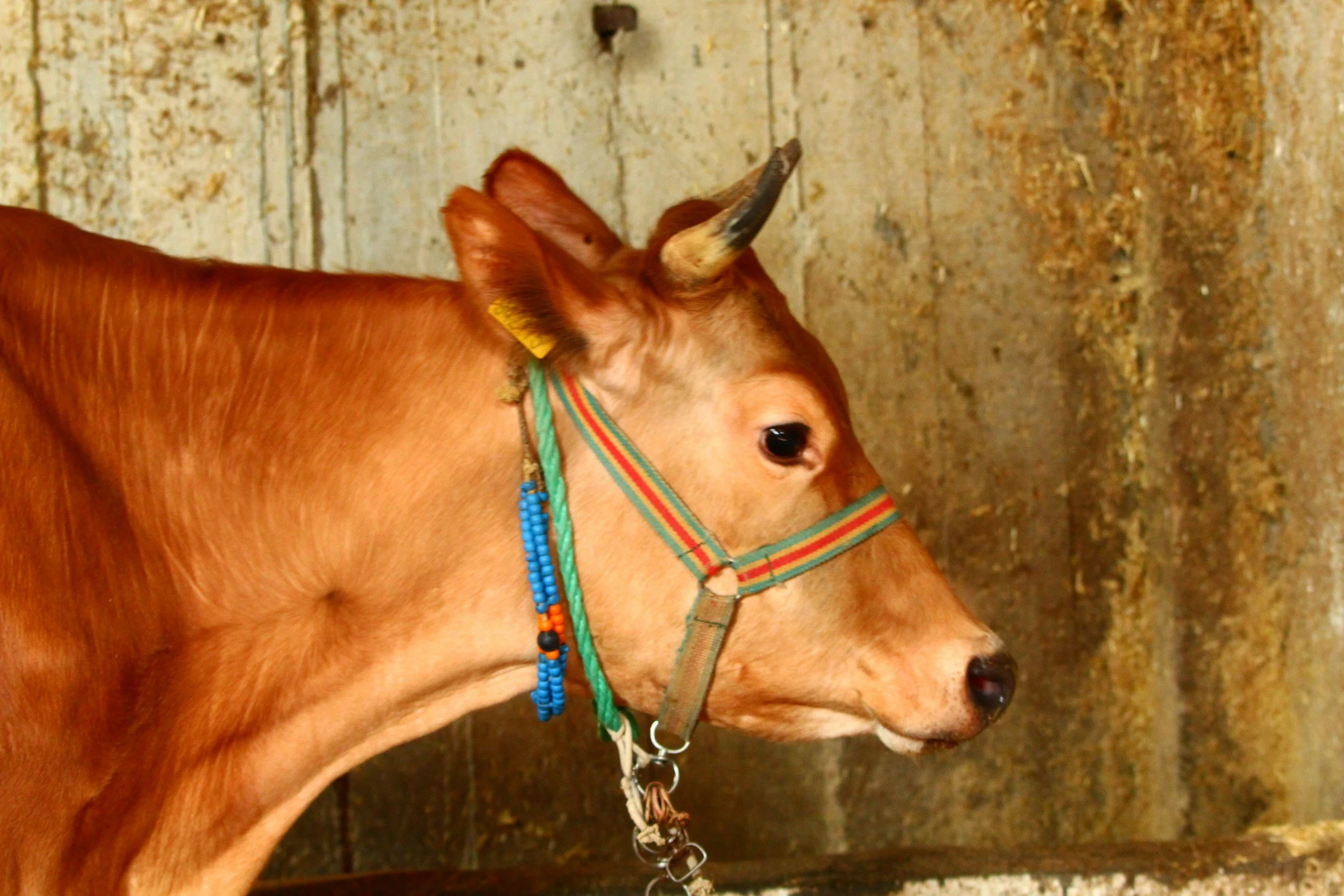

The Future of Behavior Research Just Got a Massive Upgrade
If you trained in an era when behavioral science meant stopwatches, clipboards, and highly staged tasks, buckle up. The field is shifting fast. Advances in tracking technologies now let researchers capture ultra fine movements in freely behaving animals at sub second and millimeter scales. That means richer datasets but also a major drawback. Complex motion tracking often comes with gaps. Missing data is the enemy of clean analysis and can weaken scientific conclusions.

Texas A&M researchers use AI to identify genetic ‘time capsule’ that distinguishes species
In a groundbreaking study, scientists from the Texas A&M College of Veterinary Medicine and Biomedical Sciences (VMBS) have utilized cutting-edge artificial intelligence methods to identify a region of the X chromosome that has maintained the distinctiveness of mammal species for millions of years.

AI Adoption in Veterinary Medicine: How China and North America Compare
A recent cross-sectional study comparing artificial intelligence adoption between Chinese and North American veterinary professionals reveals striking differences in how AI is being integrated into veterinary practice across the globe. The findings challenge the notion that AI adoption follows a universal pathway and highlight the need for region-specific strategies in technology development and implementation.

Artificial Intelligence in Veterinary Medicine: And Yes, Humans Can Be Replaced
The robots aren’t coming, they’re already here. Artificial intelligence (AI) is no longer a futuristic concept for veterinary medicine; it’s reshaping how we practice today. From automated image analysis to predictive diagnostics and client communication tools, AI is quietly transforming every corner of the profession.

Smart Livestock Tech: How Wearable Sensors Are Transforming Cattle Health Monitoring
Smart livestock technology like CowManager ear sensors is revolutionizing cattle health monitoring by detecting illness, tracking reproduction, and improving animal welfare through real-time data. Veterinarians can use this technology to strengthen herd health management, reduce disease impact, and enhance preventive care strategies.

Grand Rapids-Based Vet Startup Aims to Expand with AI After Google Academy Acceptance
Vetr Health, a membership-based provider of mobile veterinary services, was recently selected to join the Google for Startups AI Academy: American Infrastructure, a four-month program designed to support early-stage companies using AI to solve complex challenges in critical sectors like health care, housing, and agriculture.

